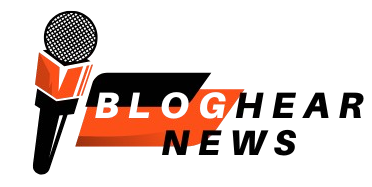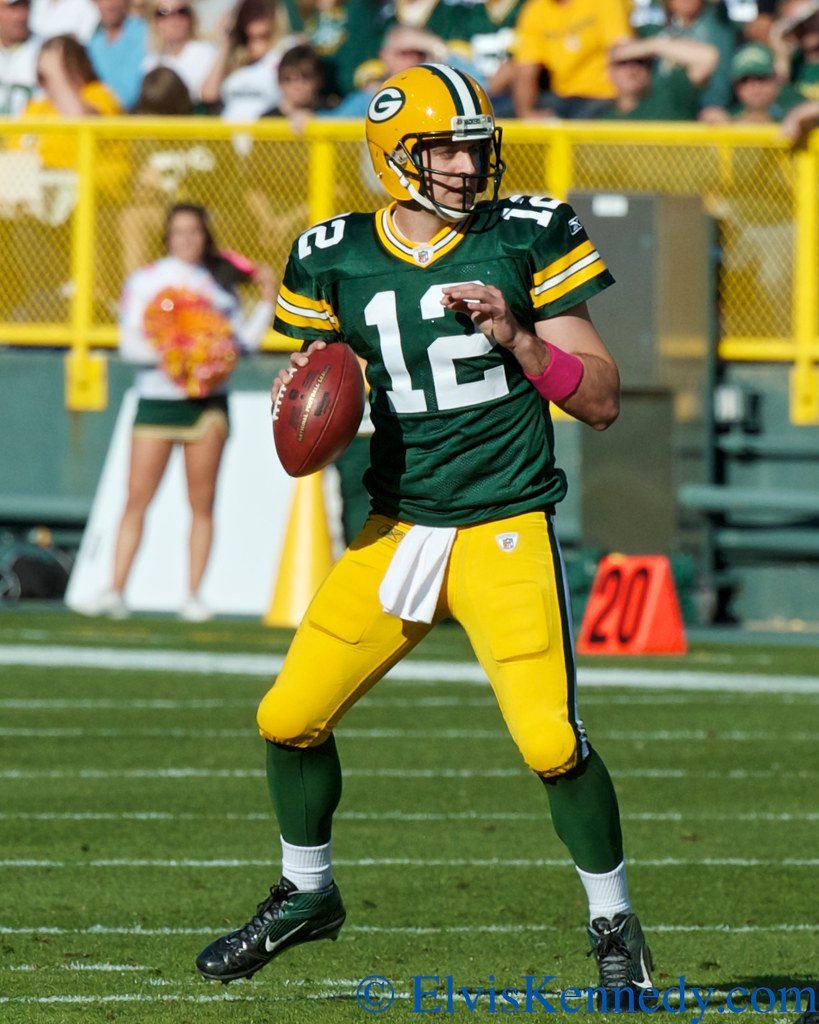Baltimore, Maryland – May 2025
The 150th running of the Preakness Stakes took place on Saturday at Baltimore’s Pimlico Race Course, drawing a diverse crowd eager to witness one of US horse racing’s most storied events. As a historic celebration unfolded, attendees also grappled with broader economic uncertainties shaping the nation.
Among the crowd was Ray De Rubin, a first-time visitor to Pimlico who arrived fresh from a winning streak at the Kentucky Derby. Balancing cocktails on a tray and sporting his Derby day outfit, De Rubin placed bets on three horses, reflecting the event’s blend of tradition and lively betting culture.
The Preakness Stakes is the second jewel of the Triple Crown, alongside the Kentucky Derby and Belmont Stakes. The event is renowned not only for the horse racing itself but also for its infield party atmosphere, which has evolved over time. Attendance has declined in recent years—from a peak of 131,000 in 2019 to just over 46,000 in 2024—mirroring a national dip in horse racing enthusiasm.
The economic backdrop added a layer of complexity to this year’s event. The Trump administration’s recent sweeping tariffs, announced as part of an aggressive new economic policy, have unsettled markets and consumer confidence. These policies have contributed to what experts warn may become a global recession, and affected attendance and spending patterns at major sporting events, including horse racing.
Bill Carstanjen, CEO of Churchill Downs, home of the Kentucky Derby, linked this hesitancy directly to tariff-induced market pressures, noting a reduction in buyer demand. Yet gambling records were still broken at both the Derby and Preakness, with millions wagered as fans sought excitement and, some experts suggest, a psychological escape amid uncertainty.
University of Kentucky economist Justin Balthrop explained that increased gambling may be a coping mechanism during economic distress, providing a dopamine rush as people take risks in hopes of a payoff.
At Pimlico, state officials are moving ahead with plans to demolish and rebuild the track along with a new training facility, aiming to revitalize the venue and surrounding Park Heights neighborhood despite the economic challenges.
For attendees like Anthony Walker, the Preakness provided a brief respite from economic and political turmoil. “I’m wagering 50% less,” he said, citing instability caused by tariff policies and government changes, but still found value in the tradition and community the event offers.
The famed Black-Eyed Susan cocktail flowed freely, while excitement and anxiety built as the horses lined up and thundered down the track. Although De Rubin’s bets did not pay off, he compared the thrills and uncertainties of horse betting to the fluctuating stock market, underscoring the event’s place as both sport and social ritual.
As Pimlico evolves, the Preakness Stakes remains a poignant symbol of American tradition, set against a backdrop of shifting economic and cultural landscapes.
For more sports news and analysis, visit BlogHear.com




